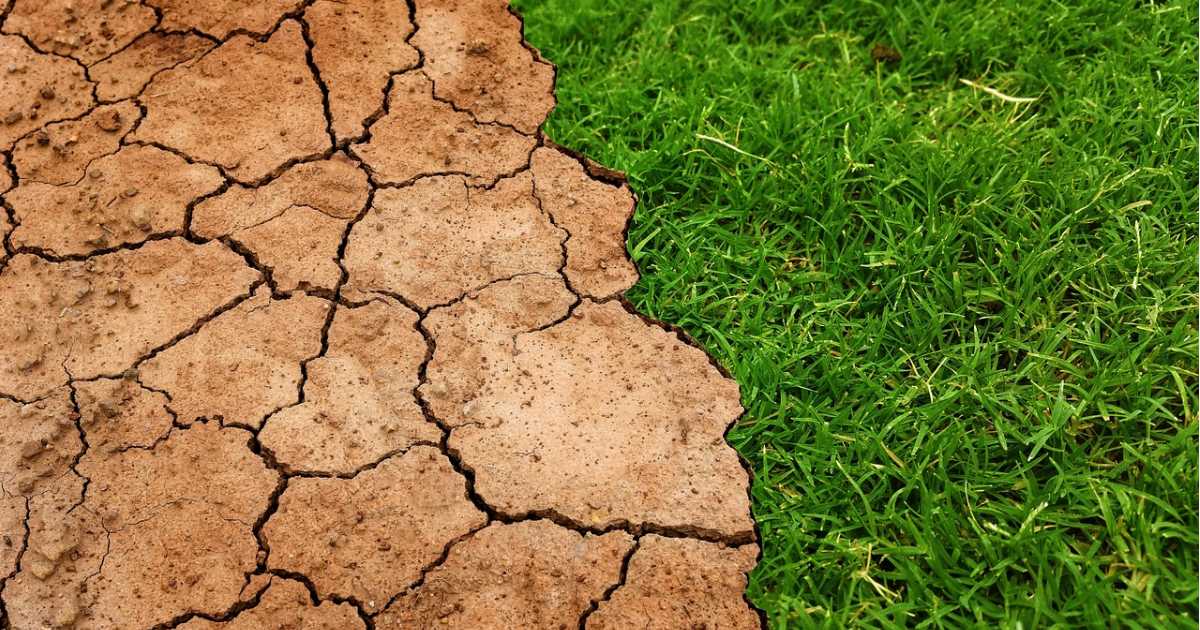
Image: Tumisu
Another five councils across Australia have declared a climate emergency in the last few weeks, three of them in New South Wales.
The first Australian council to make a declaration was Darebin City Council in 2016. It was on its own for quite a while, with Yarra Valley Council joining in 2017 and only a handful of others in 2018. But declarations have really picked up this year.
Since we last reported on the movement in mid-October, these are the councils that have made climate emergency declarations, along with links to announcements/meeting minutes.
- Armidale Regional Council – NSW – 23 October
- Midcoast Council – NSW – 23 October
- Mitcham Council – SA – 22 October
- Moyne Shire Council – VIC – 22 October
- Willoughby Shire Council – NSW – 17 October
According to ClimateEmergencyDeclaration.org and at the time of writing, 69 local governments have made a declaration – just under 13% of all LGAs in Australia. These councils represent more than 6.6 million Australians, or 26.58% of Australia’s population.
Globally, climate emergency declarations were in place in in 1,177 jurisdictions and local government areas, covering 290 million citizens, as at November 1. The movement has been particularly strong in the UK and New Zealand where 80 per cent and 74% (respectively) of the population live in area that have declared a climate emergency.
While attempts at making such declarations aren’t always successful, even in those areas the debate raises awareness of the precarious position we find ourselves in.
Recent rainfall in New South Wales has offered a welcome respite and may take some of the heat out of the push for declarations in some LGAs – but that precipitation isn’t fooling farmers as a single downpour doesn’t necessarily signify the end of a drought.
Solar Energy’s Role In Council Climate Action
The nature of climate emergency declarations vary, but as well as acknowledging climate change poses a major threat to local and global communities requiring urgent action by all levels of government, they often contain commitments to local action.
Commonly seen among these actions is increased uptake of solar power or other renewables. It really is a win-win for local governments to install commercial solar on their buildings as not only does solar energy reduce greenhouse gas emissions, electricity costs can be slashed.
The use of solar power doesn’t have to involve panels on rooftops – councils can also choose to enter into power purchase agreements (PPAs) with solar (or wind) farms. Last month, City Of Sydney signed an agreement that will see all Council’s electricity supplied from wind and solar energy sources from July 2020. Lord Mayor Clover Moore said the deal would result in the City saving half a million dollars on electricity costs each year.

 RSS - Posts
RSS - Posts



Posted online at the SMH on Sunday and in yesterday’s paper edition is an op-ed by Ian Dunlop (formerly an international oil, gas and coal industry executive, chair of the Australian Coal Association and chief executive of the Australian Institute of Company Directors) headlined “A local mayor can see we face a climate emergency, why can’t the PM?”
See: https://www.smh.com.au/national/nsw/a-local-mayor-can-see-we-face-a-climate-emergency-why-can-t-the-pm-20191110-p5393b.html
The op-ed refers to Mayor Carol Sparks of Glen Innes Severn Shire Council (GISSC), who it seems has no doubt about the emergency we face. GISSC declared a climate emergency on 26 Sep 2019.
See: https://climateemergencydeclaration.org/climate-emergency-declarations-cover-15-million-citizens/
Also posted yesterday at the SMH online and in the paper edition was an op-ed by Greg Mullins (former Fire and Rescue NSW commissioner and a councillor on the Climate Council) headlined “This is not normal: what’s different about the NSW mega fires”.
See: https://www.smh.com.au/national/this-is-not-normal-what-s-different-about-the-nsw-mega-fires-20191110-p5395e.html
If we are seeing “unprecedented” megafires now when global average temperatures are currently at 1-1.1°C above pre-industrial age, how much more devastating will the bush-fires be at 1.5°C above pre-industrial (perhaps as early as 2030)? Or 2°C above pre-industrial (perhaps as early as 2050)?
See: https://www.breakthroughonline.org.au/
Expect more protests directed at climate denier governments, demanding effective action.